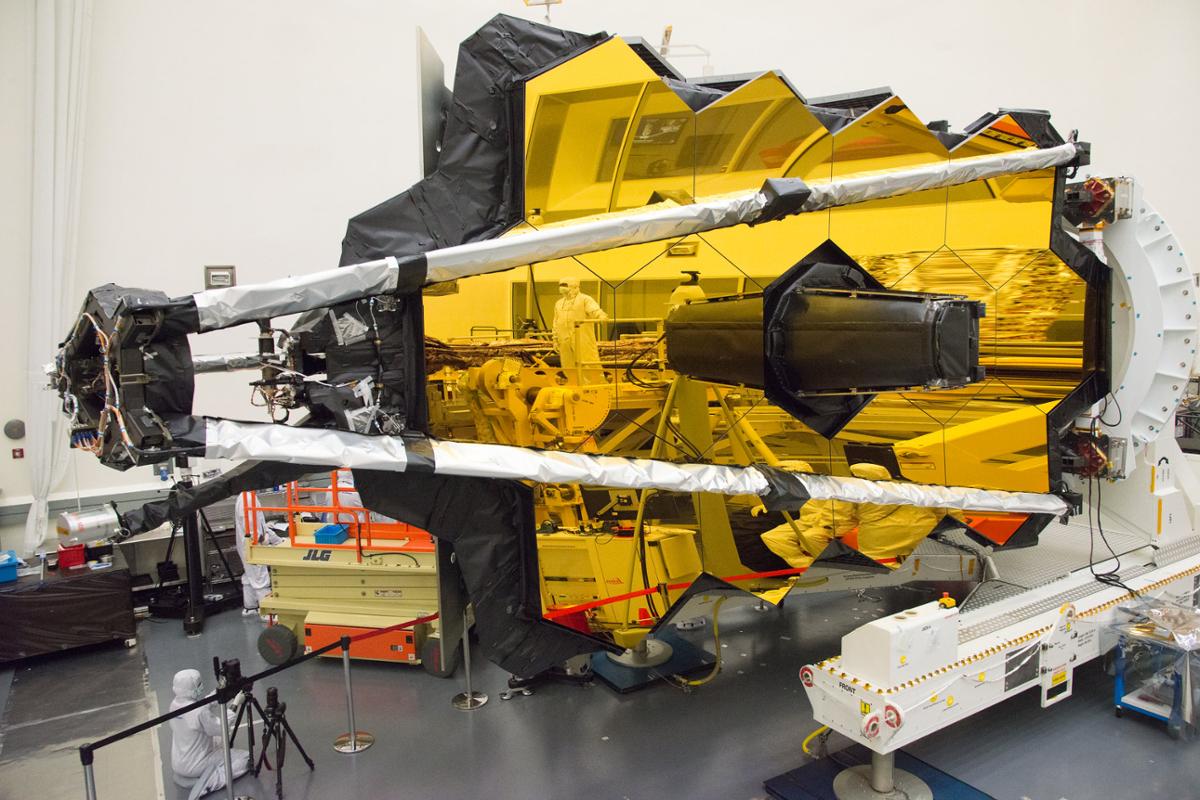Astronomers plan to use NASA’s new James Webb Space Telescope to search for evidence of life on exoplanets—planets beyond our solar system orbiting other stars. When such a world passes in front of its star, as seen from Webb’s vantage point near Earth, its atmosphere absorbs some of the star’s light. The patterns of light absorbed by the atmosphere reveal its composition. This composition may provide telltale clues to the presence of life.
The most obvious places to look for such evidence are exoplanets most like Earth. These would be planets about the same size as Earth, orbiting their stars at the right distance to produce temperatures suitable for liquid water. Unfortunately, there are only a few of these suitable exoplanets close enough for a telescope with Webb’s level of sensitivity.
In 2021 a team of British astronomers proposed that Webb’s search for life should be expanded to include a more numerous class of exoplanets less like Earth. The researchers posit that some planets with up to ten times as much mass as Earth, and two point six times larger in diameter than our home-world, may have atmospheres rich in hydrogen, creating conditions suitable for surface oceans of liquid water over a wide range of distances from their star.
Conditions in these oceans would be extreme, but still suitable for microbial life as we know it, and readily detectable gaseous evidence of that life. The researchers identified a sizable list of such candidate planets between 35 and 150 light years away—close enough for study using Webb. If they are right, the first detection of extraterrestrial life could come within just a few years.









